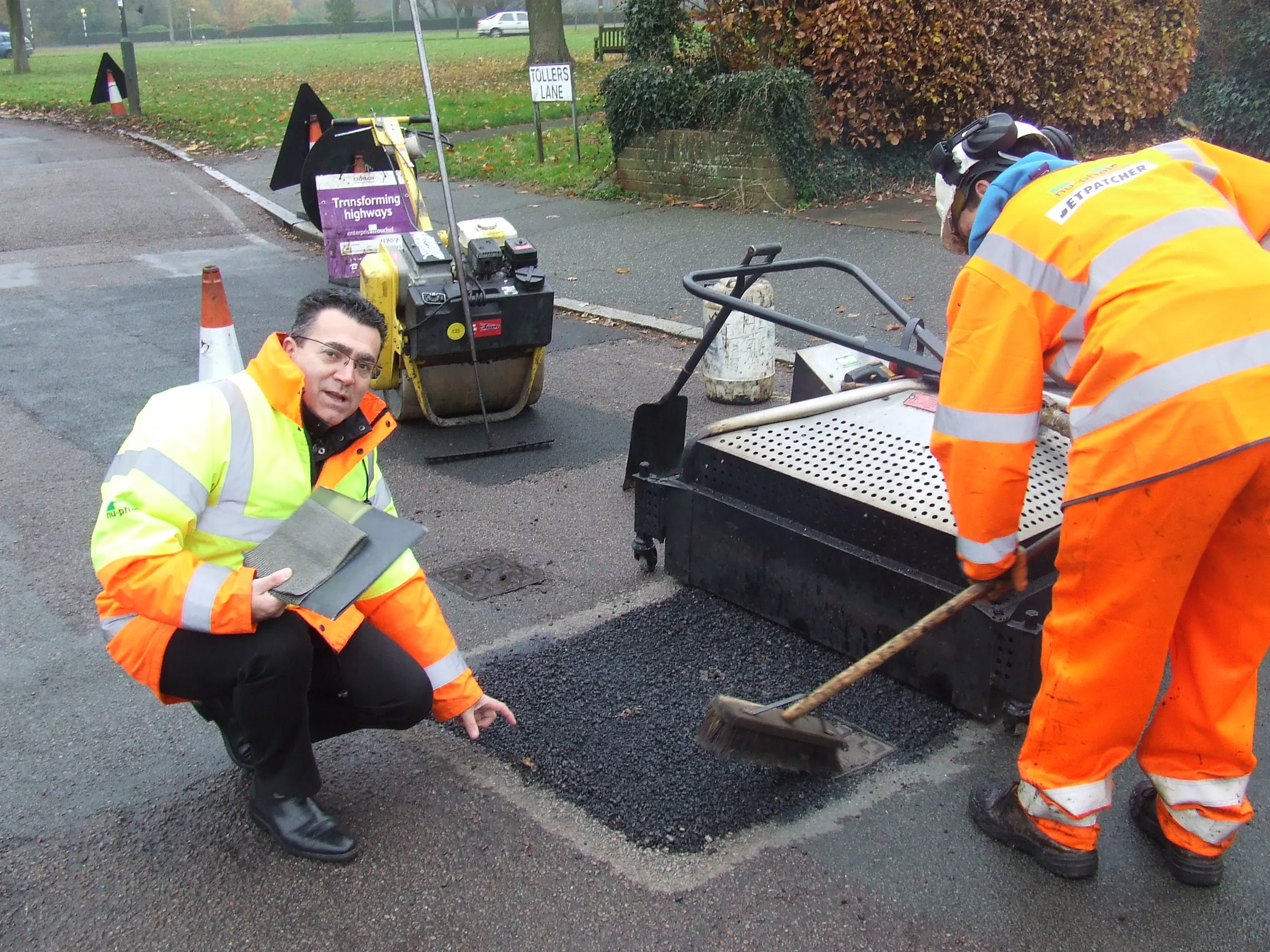
As the demand for fibre rollout, electric vehicle charging, and utility infrastructure improvements rise, the UK comes to a standstill due to the sheer volume of roadworks required. Indeed, just last year, over 200,000 miles of roadworks took place, with two million micro-trenching projects happening in 2023 alone. Sadly, this won’t be the end.
There’s also a growing concern for the condition of our road networks, with more than half of infrastructure in England and Wales having less than 15 years of structural life remaining and the cost of bringing carriageways to an acceptable standard coming to an estimated £16 billion. A lack of this type of budget for improvements remains a serious threat to improvement.
But this is not the only issue facing the future of our roads. Unfortunately, coordination between utility organisations and local highway authorities (LHAs) is complex, with both sectors misaligned on best working practices. At least 50% of organisations and respondents from both sectors cite collaboration and communication as a key barrier to efficiency and without greater industry coordination, 72% of utility and 62% of local highway authority (LHA) leaders believe that the UK is headed for a road and street work crisis by 2030. While infrastructure development will take the country forward, building a successful road ahead depends on addressing these challenges.
Challenges Driving the Roadwork Crisis
Without effective tools, processes, and strategies, there is a risk that the multiple challenges affecting our road space will become overwhelming. With remote work becoming the norm, fibre rollout is accelerating to meet the demand for faster broadband. For instance, Project Gigabit has become a government priority, adding to the rising rate of telecommunications roadworks.
In addition, there is an ever-increasing volume of wastage and leaks in the sector. Water organisations are grappling with Ofwat investigations, as well as significant fines and targets to reduce leaks, with repairs and old pipe replacements becoming a big focus. As a result, water works have increased by 11%. In what is set to be the largest environmental investment programme in the water sector’s history, the new asset management investment period (AMP 8) is likely to accelerate the volume of works, as infrastructure upgrades and leak prevention become urgent priorities.
The energy transition adds to the pressure. While gas organisations have significantly reduced the duration of works by just 1% since 2022, the impending capital investment programmes to drive decarbonisation, introduce hydrogen to the network and upgrade old infrastructure, poses a real threat to efficiency. The government’s recent strategy on increasing public access to electric vehicle charging infrastructure is also driving up roadworks for LHAs, increasing the number of installed public devices by 19,520 (49%) since April 2023.
Green Light Through Collaboration
As organisations work hard to hit targets, the inevitable pressures are creating a lack of genuine collaboration, which is limiting progress on the road network. Inefficient planning, delayed approval processes, and uncoordinated communication contribute to greater friction, slowing down the speed and success rates for works across sectors. Indeed, 71% of LHA respondents believe roadworks and street works are planned in a disjointed way, despite the presence of regulation supported by well-known and understood statutory guidance aimed at addressing these factors.
To meet the demands for transformation on a large scale requires a significant change in behaviour, collaboration and coordination across LHAs, utilities and contractors.
It is absolutely apparent that all parts of the sector recognise the challenge and that action is needed to achieve targets and deliver transformation. Delivering tangible benefits, repairs and maintenance of utility assets are essential for the country and its ambitions for growth. However, the scale of work required – along with new infrastructure investments – risks creating more challenges. Ultimately, the condition of the UK’s roads could deteriorate, which could be compounded by disruption across the network.
To Forge a Road Ahead, Industry Transformation is Key
A real transformation in working culture is required within the sector and utility verticals, and between the sector and the communities they serve. Crucially, it all needs to be underpinned with the support of the government and LHAs. While regulations compel utilities and highway contractors to book road space, the fulfilment of regulatory obligations all too often sits outside the core process of planning and executing construction activities. Communication between LHA and the statutory undertaker is often confined to compliance-orientated box-ticking on both sides.
Complex, disjointed and siloed rules governing different aspects of the same works activity add to the issue. For instance, a gas main replacement may require separate permissions, approvals and conditions for the works permit, road closure legal order, or bus stop closure. However, if a gas main runs through several junctions or crosses local authority boundaries, it creates a different kind of duplicate processes and permits. As a result, complying with the regulations is quite often seen as an onerous activity rather than something that is embedded in the planning and engineering workflow processes.
Precision is key when it comes to communication and coordination. This would go a long way toward supporting human decision-makers focus on delivering a more efficient throughput of roadworks and better outcomes for the most important stakeholders: communities and local businesses.
Local authorities, asset owners and contractors need tools that can facilitate direct and precise communication during the planning and approval phases. However, while technology has a big part to play, it shouldn’t be seen as the only solution.
The government has already been mandating centralised systems, such as Street Manager and Street Works Register Scotland, to handle parts of the process. However, for most use cases, they just don’t go far enough to deliver the needed step change in collaboration. Mitigating current challenges requires the full firepower of the market to innovate and invest in smart tools that can proactively create opportunities for collaboration while bringing together the numerous data inputs needed to make the best decisions.
Unfortunately, the prevailing culture across our industry is the greatest barrier to effective collaboration. Utilities and LHAs must stop seeing street works regulations as a compliance activity, instead embracing it as a rule base to underpin collaborative joint decision-making. Until then, there will be a limit to the efficiency improvements that can be realised. Only wider and more fundamental adoption of digital collaboration tools into day-to-day working practices will make an incremental difference.








